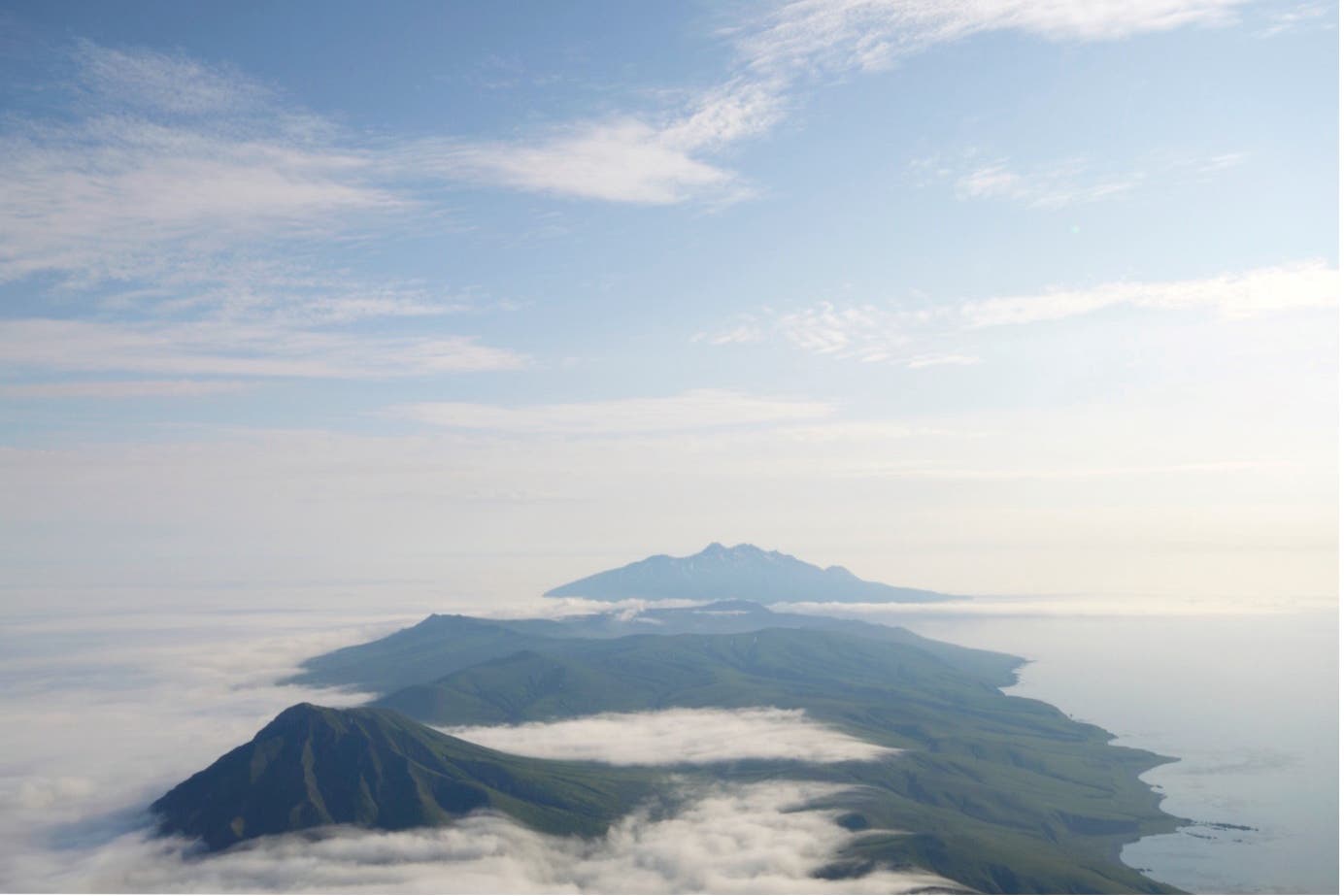Scientists at Scottish university solve mystery of volcano that erupted in 1831
The team analysed ice core records from the event.

Your support helps us to tell the story
From reproductive rights to climate change to Big Tech, The Independent is on the ground when the story is developing. Whether it's investigating the financials of Elon Musk's pro-Trump PAC or producing our latest documentary, 'The A Word', which shines a light on the American women fighting for reproductive rights, we know how important it is to parse out the facts from the messaging.
At such a critical moment in US history, we need reporters on the ground. Your donation allows us to keep sending journalists to speak to both sides of the story.
The Independent is trusted by Americans across the entire political spectrum. And unlike many other quality news outlets, we choose not to lock Americans out of our reporting and analysis with paywalls. We believe quality journalism should be available to everyone, paid for by those who can afford it.
Your support makes all the difference.A team of Scottish researchers have helped solve the mystery over a volcanic eruption that caused famines and crop failures around the world, almost 200 years ago.
Scientists from the University of St Andrews say they have discovered the exact volcano that erupted in 1831, leading to a global cooling of approximately 1C.
The team discovered it was the Zavaritskii volcano on the remote, uninhabited island of Simushir, which is part of the Kuril Islands – a disputed territory between Russia and Japan.
They also discovered the eruption occurred sometime during spring or summer.
The moment in the lab when we analysed the two ashes together, one from the volcano and one from the ice core, was a genuine eureka moment
Scientists were previously unsure as to which volcano had erupted, and it was debated in the science community for many years.
However, the new research, led by Dr Will Hutchison from the School of Earth and Environmental Sciences, reveals how the team analysed ice core records from the event, identifying a perfect match of the ash reports.
The research, published on Monday in the Proceedings of the National Academy of Sciences journal, allowed Dr Hutchison and his team to accurately date and match the ice core deposits to the Zavaritskii volcano.
“Only in recent years have we developed the ability to extract microscopic ash shards from polar ice cores and conduct detailed chemical analyses on them. These shards are incredibly minute, roughly one tenth the diameter of a human hair,” Dr Hutchison said.
“We analysed the chemistry of the ice at a very high temporal resolution. This allowed us to pinpoint the precise timing of the eruption to spring-summer 1831, confirm that it was highly explosive, and then extract the tiny shards of ash.
“Finding the match took a long time and required extensive collaboration with colleagues from Japan and Russia, who sent us samples collected from these remote volcanoes decades ago.
“The moment in the lab when we analysed the two ashes together, one from the volcano and one from the ice core, was a genuine eureka moment.”
He added: “I couldn’t believe the numbers were identical. After this, I spent a lot of time delving into the age and size of the eruption in Kuril records to truly convince myself that the match was real.”
As scientists and as a society, we need to consider how to co-ordinate an international response when the next large eruption, like the one in 1831, happens
Currently controlled by Russia, the island operates as a strategic military outpost.
During the Cold War, the Soviets used Simushir as a secret nuclear submarine base, docking vessels in a flooded volcanic crater.
The recent work, the team said, also highlights how the Kuril Islands are poorly studied, yet highly volcanic.
Dr Hutchison said: “There are so many volcanoes like this, which highlights how difficult it will be to predict when or where the next large-magnitude eruption might occur.
“As scientists and as a society, we need to consider how to co-ordinate an international response when the next large eruption, like the one in 1831, happens.”